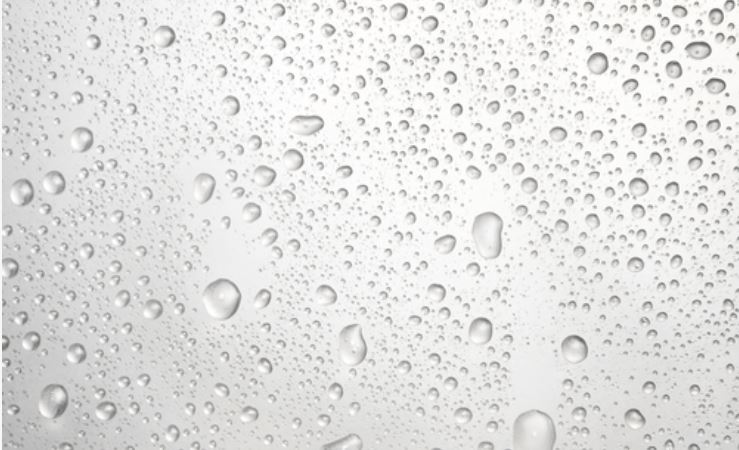CPAP Humidification and Rain Out

September 3rd 2017
Unfortunately, some obstructive sleep apnoea patients using CPAP may experience nasal congestion and dryness of the nose and throat and this can compromise their acceptance of their treatment.
This dryness may occur if there is insufficient moisture in the the air flowing from your CPAP device. The problem can get worse in the UK’s colder months as we reach for the central heating controls which creates a drier home environment. Fortunately, this situation can be improved with the addition of CPAP humidification.
Heated humidification offers greater flexibility
There are two categories of humidification – warm and cold.
Cold or “passover” humidification consists of a water chamber that allows air from the CPAP to “pass over” the water before entering the CPAP tube thereby creating a humidified air stream. Although this set up is effective if you have low pressure CPAP settings or live in a warmer climate, it may not always be optimal as the air can become too cold for you to tolerate.
With a heated humidifier, moisture and warmth are added to the air delivered by your CPAP device. Because you can adjust the level of heat, heated humidification offers greater flexibility and may reduce your more severe symptoms. With the improved comfort, you’re also more likely to increase your treatment compliance and use your CPAP for longer periods.
In addition, if you suffer from hay fever in the summer months, a runny streaming nose and/or congestion, CPAP can exacerbate these symptoms. In these cases, heated humidification may also help to relieve your nasal irritation and aid your continued use of your CPAP.
CPAP ‘Rainout”
One of the problems that may sometimes occur with heated humidification is ‘rainout’.
In cold weather, as the warmed, moistened air moves down the hose, it is cooled and can condense in the tube and mask. This is known as ‘rainout’ which can produce gurgling noises in your tube as well as water condensation on your face.
There are several ways to help reduce the risk of ‘rainout’:
- Always have the device and humidifier positioned lower than the bed.
- Close the bedroom window, turn the humidifier down or raise the temperature in the bedroom at night, to lessen the difference between the room temperature and the hose.
- Tuck the tube under the bedclothes to keep it warm.
- Insulate the hose by covering it with a tubing wrap. Custom made ones can be purchased from ResMed or alternatively you can make your own by wrapping a towel, scarf, bubble wrap or aluminium foil around the tube.
ResMed humidification solutions
If you have a ResMed AirSense 10 AutoSet™ device, an earlier ResMed S9 AutoSet, and/or an AirMini™ travel device, find out more about the available ResMed humidification solutions here.
You can call ResMed customer service team on 0800 917 7071 or fill the form here. One of our trained and experienced team will be happy to advise you.